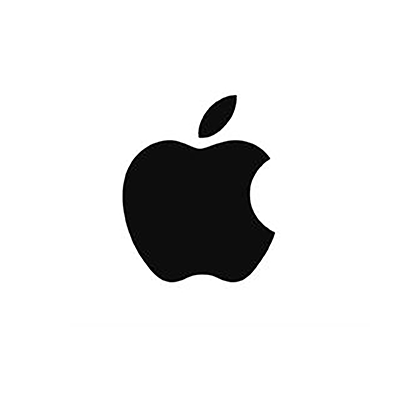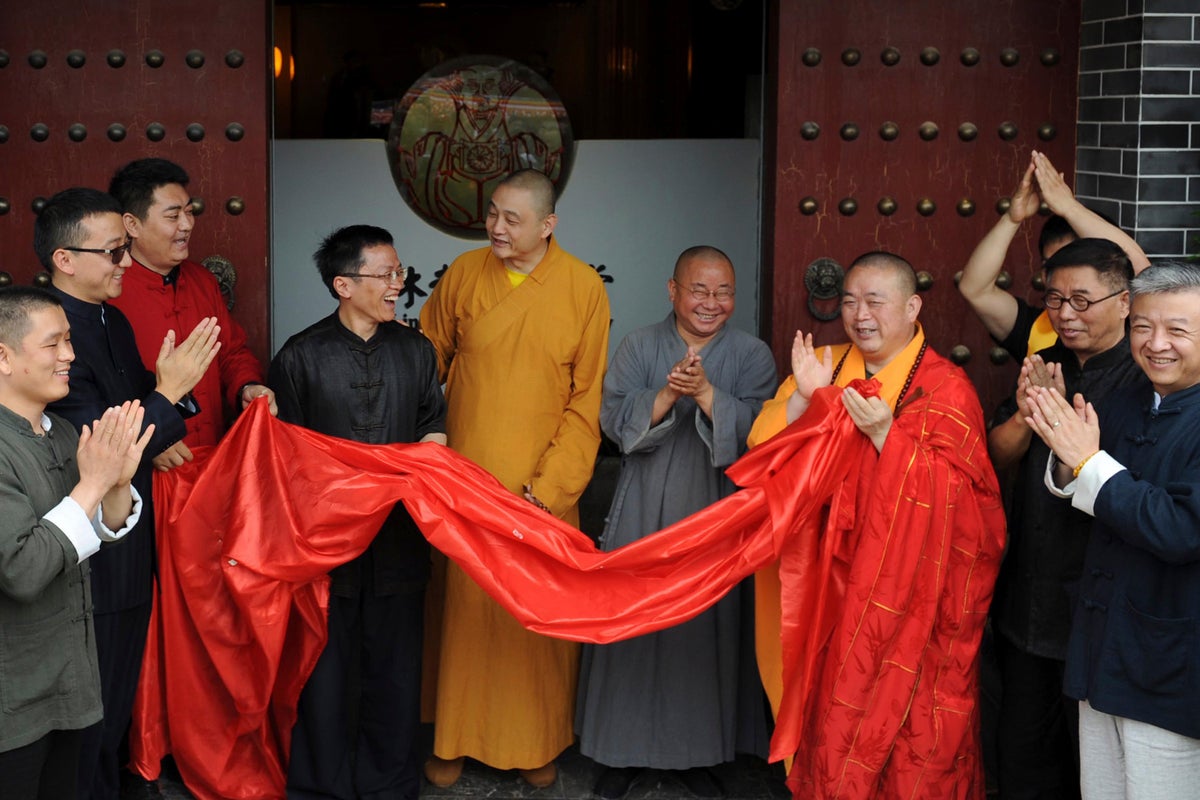Foxconn has quietly pulled back hundreds of Chinese engineers from its iPhone plants in southern Indiaa move that could throw a wrench into Apple’s (NASDAQ:AAPL) fast-tracked diversification plans. More than 300 workers have already flown home over the past two months, according to people familiar with the matter, leaving mostly Taiwanese support staff on the ground. While Apple and Foxconn have stayed silent, insiders say this recall could slow the ramp-up of local manufacturing expertise and raise operating costs. The timing couldn’t be trickier: Apple is gearing up to scale production of the iPhone 17, and Foxconn is still building a new plant in the region.
Invest in Gold
This retrenchment comes as Beijing steps up pressure to keep high-value technology and skilled labor inside China. Indiaand other Southeast Asian nations like Vietnamhave been actively courting global tech giants amid US-China tensions, aiming to grab a bigger piece of the global supply chain. But China’s response has been just as swift, tightening controls on labor mobility, tech transfers, and rare earth exports. That friction now poses a direct challenge to Apple’s efforts to de-risk its China exposure. India has gone from assembling a few iPhones to producing roughly 20% of global output in just four years. But sustaining that momentum without experienced Chinese engineers on-site could be a different ballgame.
Apple’s goal to make most US-bound iPhones in India by late 2026 now looks less straightforward. Trump-era tariffs sparked this shift, but the former president has since argued Apple should bring production home to the US. That’s easier said than done. Labor costs are significantly higher in the US, and China’s curbs on exporting skilled engineers would make setting up advanced assembly lines stateside even tougher. Meanwhile, relations between China and India remain complicated. Direct flights haven’t resumed, Chinese visas are still restricted, and bans on apps like TikTok remain in place. Against that backdrop, Apple’s supply chain pivot could take longerand cost morethan originally hoped.
This article first appeared on GuruFocus.

